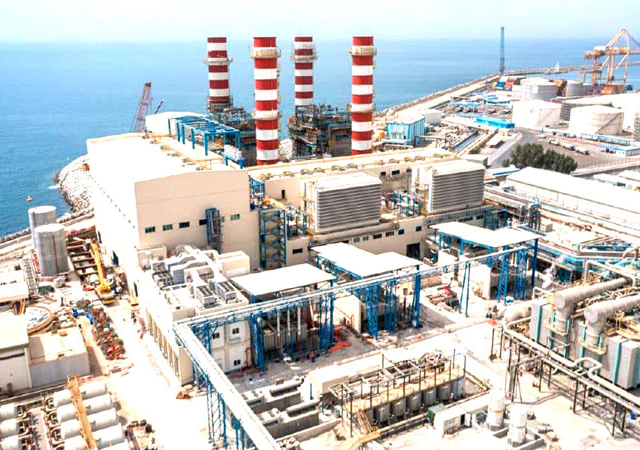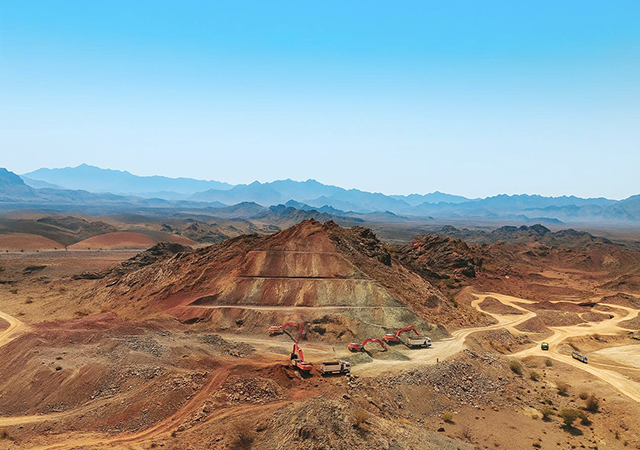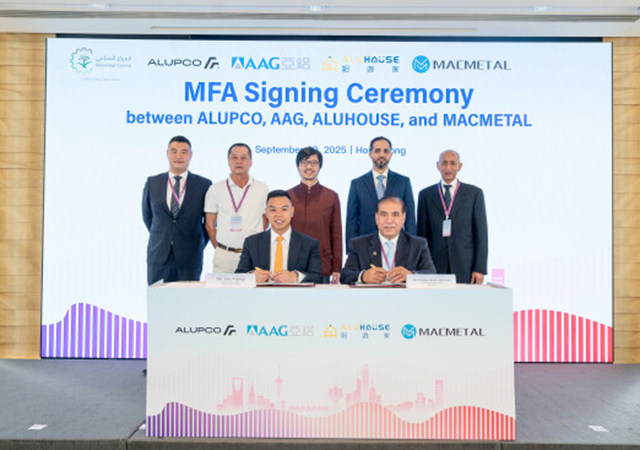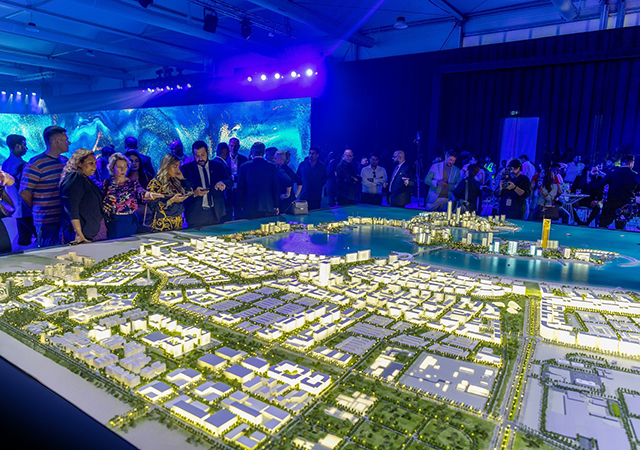
 The Guggenheim Abu Dhabi ... Gehry’s concept.
The Guggenheim Abu Dhabi ... Gehry’s concept.
Four of the world’s most renowned architects – Frank Gehry, Jean Nouvel, Tadao Ando and Zaha Hadid – have presented designs commissioned by Abu Dhabi’s Tourism Development and Investment Company (TDIC) for iconic museums and a performing arts centre within Saadiyat Island, which lies just offshore the emirate.
In addition, Saadiyat Island’s Cultural District will also feature the Sheikh Zayed National Museum – a museum devoted to the history and traditions of Abu Dhabi and the legacy of the emirate’s late ruler Sheikh Zayed bin Sultan Al Nahyan, who was also the first president of the UAE.
Frank Gehry is designing the Guggenheim Abu Dhabi, a contemporary art museum, which will be the only one of its kind in the Middle East; the Iraqi-born British architect Zaha Hadid is designing Saadiyat’s Performing Arts Centre, which will present the finest in music, theatre and dance; Jean Nouvel of France is designing the Classical Museum; while Japan’s Tadao Ando is designing the Maritime Museum, which will reflect the maritime history of the Gulf.
The Gehry concept for the Guggenheim Abu Dhabi Museum, which at 320,000 sq ft will be the world’s largest Guggenheim museum, is designed around accommodating 130,000 sq ft of exhibition space. It will feature permanent collections, galleries for special exhibitions, a centre for art and technology, a children’s art education facility, archives, library and research centre and a state-of-the-art conservation laboratory.
In the Gehry design, four storeys of central core galleries are laid out around a courtyard. These will be more classical contemporary galleries, completely air-conditioned with skylights where possible and a sophisticated lighting system. The third ring is for larger galleries, built more like raw industrial space with exposed lighting and systems. They would be less finished. These galleries will be attractive as spawning homes for a new scale of contemporary art – art that would be, perhaps, made on site and of a scale that could not be achieved in the normally organised museums around the world.
In Hadid’s Performing Arts Centre concept, a 62-m-high building is proposed housing five theatres – a music hall, concert hall, opera house, drama theatre and a flexible theatre with a combined seating capacity for 6,300 – that’s 1,100 more than London’s Royal Albert Hall. Nouvel’s design concept for the Classical Museum owes much to Saadiyat’s natural surroundings, while Ando’s Maritime Museum concept takes its inspiration from Abu Dhabi’s natural surroundings, landscape and maritime traditions.
Saadiyat Island’s Cultural District – one of six distinct districts master planned for the signature destination – will also feature a Biennale Park and 19 international pavilions which will be criss-crossed by a 1.5-km- long navigable canal. The pavilions will be designed by some of today’s leading architects. These include UAE’s Khalid Alnajjar Russia’s Yuri Avvakumov, the US’ Greg Lynn, New York’s Hani Rashid, the UK’s David Adjaye, China’s Pei-Zhu and Korea’s Seung H-Sang.
Saadiyat Island is being developed developed in three phases with total completion scheduled for 2018.













(5).jpg)








.jpg)



























































